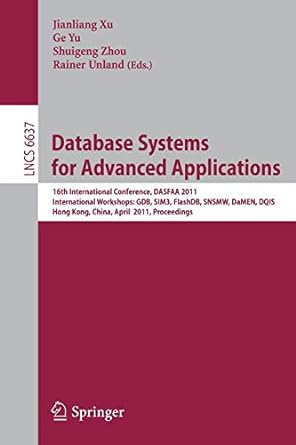Question
Consider the following assembly code: .file hwk5_3.c .text .globl main .type main, @function main: endbr64 pushq %rbp movq %rsp, %rbp movl $539107842, -8(%rbp) movl $-1,
Consider the following assembly code:
.file "hwk5_3.c" .text .globl main .type main, @function main: endbr64 pushq %rbp movq %rsp, %rbp movl $539107842, -8(%rbp) movl $-1, -4(%rbp) movl -8(%rbp), %eax cltd shrl $28, %edx addl %edx, %eax andl $15, %eax subl %edx, %eax movl %eax, %edx movl -8(%rbp), %eax shrl $28, %eax cmpl %eax, %edx jne .L2 sarl $4, -8(%rbp) movl -8(%rbp), %eax cltd shrl $28, %edx addl %edx, %eax andl $15, %eax subl %edx, %eax movl %eax, %edx movl -8(%rbp), %eax sarl $20, %eax andl $15, %eax cmpl %eax, %edx jne .L3 sarl $4, -8(%rbp) movl -8(%rbp), %eax cltd shrl $28, %edx addl %edx, %eax andl $15, %eax subl %edx, %eax movl %eax, %edx movl -8(%rbp), %eax sarl $12, %eax andl $15, %eax cmpl %eax, %edx jne .L4 sarl $4, -8(%rbp) movl -8(%rbp), %eax cltd shrl $28, %edx addl %edx, %eax andl $15, %eax subl %edx, %eax movl %eax, %edx movl -8(%rbp), %eax sarl $4, %eax andl $15, %eax cmpl %eax, %edx jne .L5 movl $8, -4(%rbp) jmp .L6 .L5: movl $6, -4(%rbp) jmp .L6 .L4: movl $4, -4(%rbp) jmp .L6 .L3: movl $2, -4(%rbp) jmp .L6 .L2: movl $0, -4(%rbp) .L6: movl $0, %eax popq %rbp ret
This code came from skeleton C file below after running the folloing command: gcc -O0 -fno-asynchronous-unwind-tables -S hwk5_3.c Complete the blanks in the C code given below using the provided assembly code.
#includeint main() { int num = _____(a)_____; int result = -1; if ((num % ____(b)_____) _____(c)_____ ( _____(d)_____)) { num = num >> 4; if ((num % _____(e)_____) _____(f)_____ ( _____(g)_____)) { num = num >> 4; if ((_____(h)_____) _____(i)_____ ( _____(j)_____)) { num = num >> 4; if ((_____(k)_____) _____(l)_____ (_____(m)_____)) { result = 8; } else { result = 6; } } else { result = 4; } } else { result = 2; } } else { result = 0; } return 0; }
The cltd instruction fills the edx register with the most significant bit of the eax register. In practice this is a sneaky way to zero out edx when the compiler knows the value in eax is positive.
1.
Fill in the blank for (a).
2.
Fill in the blank for (b).
3.
Fill in the blank for (c)
4.
Fill in the blank for (d)
5.
Fill in the blank for (e)
6.
Fill in the blank for (f)
7.
Fill in the blank for (g)
8.
Fill in the blank for (h)
9.
Fill in the blank for (i)
10.
Fill in the blank for (j)
11.
Fill in the blank for (k)
12.
Fill in the blank for (l)
13.
Fill in the blank for (m)
14. For the value of num provided, what will be the value in result after the code executes (but before the program ends)
Step by Step Solution
There are 3 Steps involved in it
Step: 1

Get Instant Access to Expert-Tailored Solutions
See step-by-step solutions with expert insights and AI powered tools for academic success
Step: 2

Step: 3

Ace Your Homework with AI
Get the answers you need in no time with our AI-driven, step-by-step assistance
Get Started


